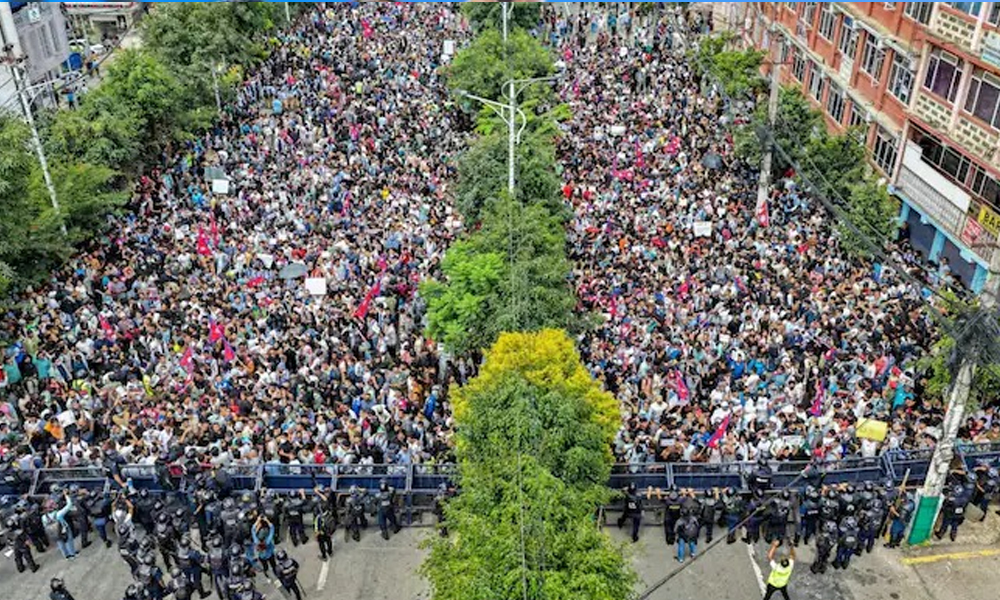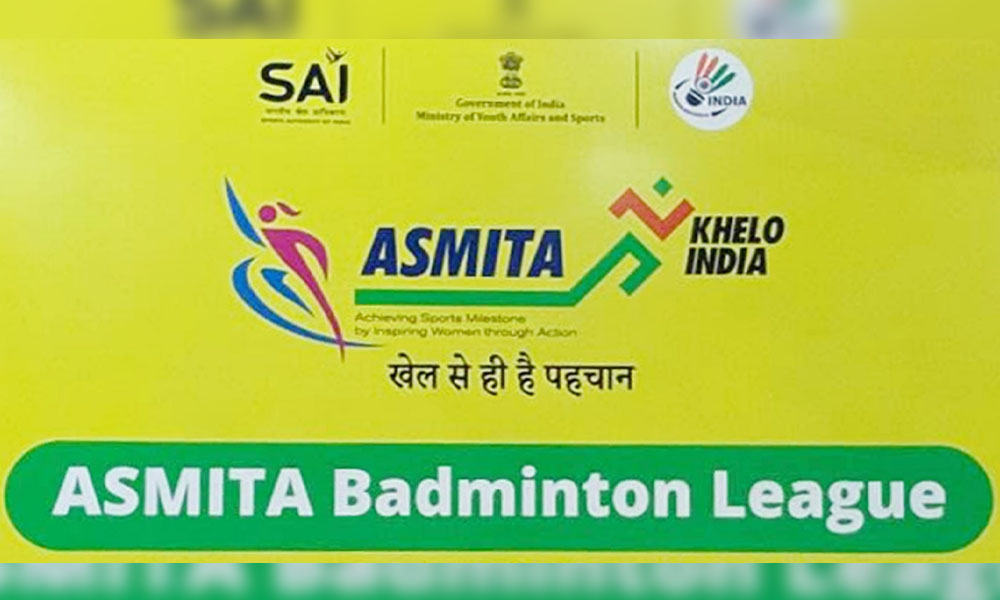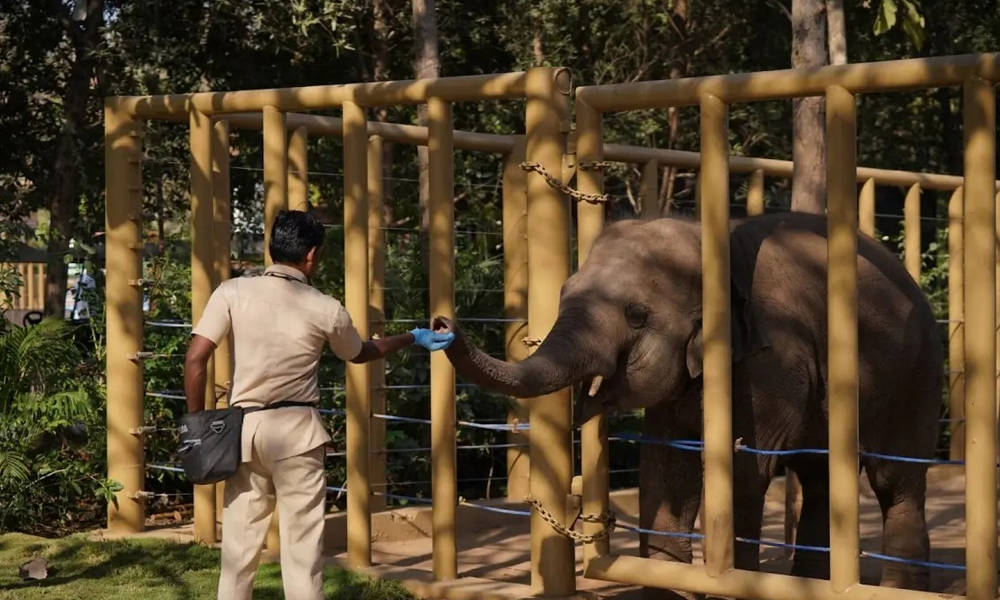Retail inflation in India increased to 7% in August from 6.71 percent in July, owing to higher food prices.
Digital Desk: In India, inflation has been steadily rising for several months, with various factors contributing, including rising food and oil prices, among others.
However, one of the most significant reasons is the sharp depreciation of the rupee against the dollar.
Retail inflation in India increased to 7% in August from 6.71 percent in July, owing to higher food prices. In fact, retail inflation has exceeded the Reserve Bank of India's (RBI) tolerance limit of 6% for eight consecutive months.
Food price increases have resulted in a surge in retail inflation, as evidenced by the fact that inflation in the food basket was 7.62 percent in August, up from 6.69 percent in July and more than doubling from 3.11 percent in August 2021.
Earlier this year, the price of crude oil reached $130 per barrel. However, it fell to less than $85 per barrel in September. However, they may rise again now that OPEC+, the group of oil-producing countries, has decided to reduce oil production.
In India, rising oil prices have a direct impact on inflation. This can be seen in the fact that India imports more than 85% of its oil needs.
Imports will increase as crude oil prices start to rise, widening the current account deficit (CAD) in the process.
A growing CAD will make the rupee even weaker since the nation will be forced to exchange its currency for dollars to cover the deficit.
Inflation in India has been fueled by a weak currency.
On September 30, the RBI decided to raise the repo rate by 50 basis points to 5.4% and concentrate on removing accommodations to keep inflation within acceptable bounds.
Since May this year, the RBI has increased repo rates to curb inflation.
Last Monday, the central bank kept its 6.7% prediction for retail inflation for the current fiscal year.
On September 30, the RBI's Monetary Policy Committee (MPC) noted that through the first three quarters of 2022-2023, inflation is expected to remain over the upper tolerance level of 6%.
The MPC had determined that additional calibrated monetary policy action is required to keep retail inflation within tolerance limits in light of the growing level of inflation.
The global situation has gotten worse as a result of tightening monetary policy worldwide and the ongoing conflict between Russia and Ukraine, which has caused supply chain interruptions and fuel price increases.
As a result, the likelihood of a worldwide recession has increased due to the current circumstances.
The stock markets have also been influenced by this, as India has had significant portfolio outflows totaling $13.3 billion in the current fiscal year.
Inflation in India has been caused by the impact of volatile international markets on domestic stock and currency markets.

















